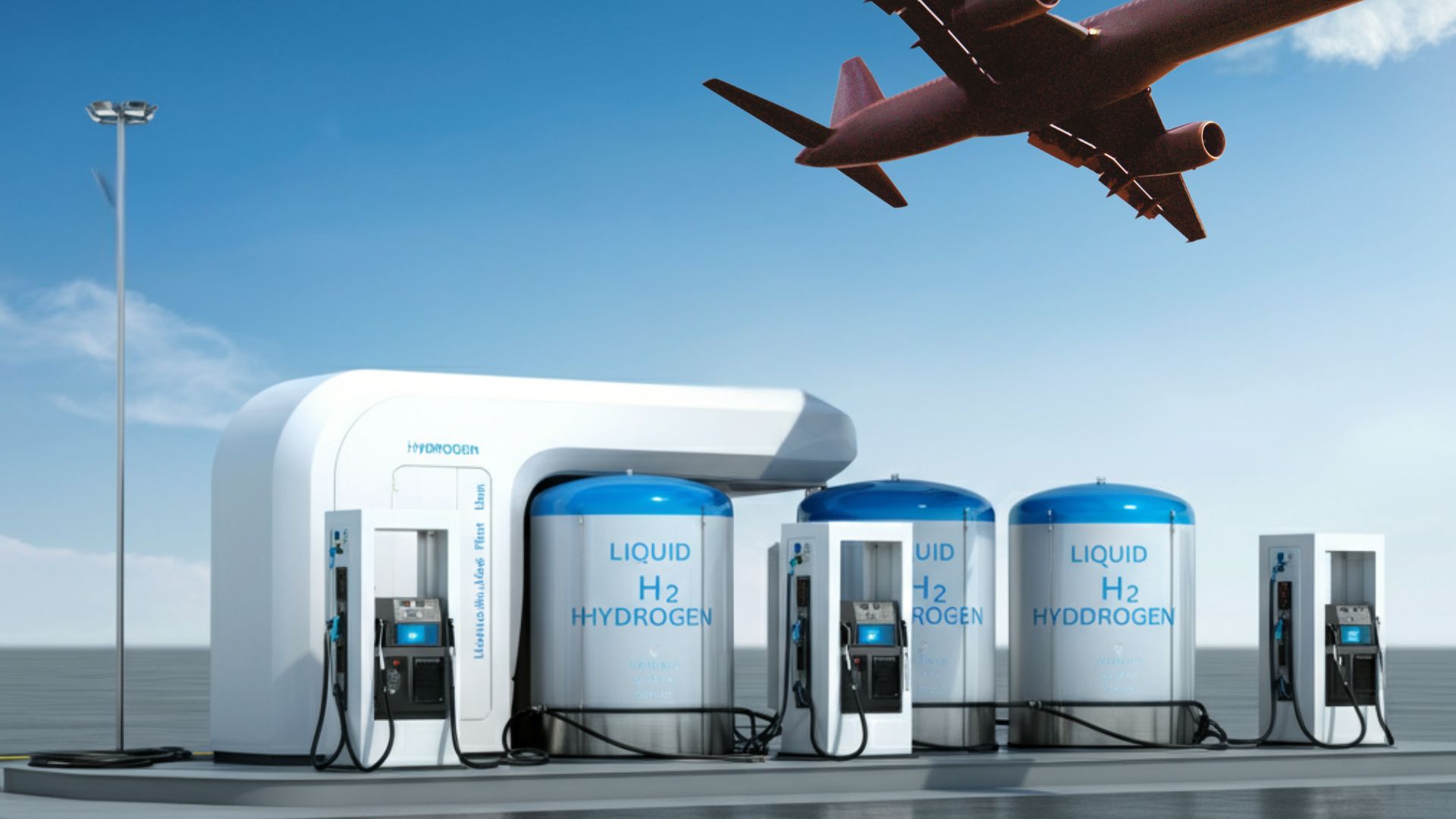Flying 40,000 Kilometers Without Fuel Stops—The Science Behind Climate Impulse
Aviation Technology – Bertrand Piccard’s Climate Impulse and the Power of Liquid Hydrogen Bertrand Piccard, a name synonymous with pioneering…

Aviation Technology – Bertrand Piccard’s Climate Impulse and the Power of Liquid Hydrogen
Bertrand Piccard, a name synonymous with pioneering feats in aviation, has set his sights on redefining the future of flight with his Climate Impulse project. Known for his historic solar-powered flight around the world in 2015, Piccard is now tackling an even greater challenge: non-stop, global flight powered entirely by liquid green hydrogen. This visionary endeavor promises to shine a spotlight on the possibilities of sustainable aviation, all while solving critical technological hurdles.
How Liquid Hydrogen is Shaping Climate Impulse’s Ambitious Goals
At the heart of Climate Impulse is liquid hydrogen—an energy carrier with tremendous potential. Green hydrogen is created through a process called electrolysis, where water is split into hydrogen and oxygen using renewable energy. Liquid hydrogen, cooled to a staggering minus 253 degrees Celsius, is then stored in ultra-insulated tanks under the airplane’s wings.
When released, this liquid hydrogen reacts within a fuel cell to generate electricity, which powers the aircraft’s motor and propeller. Remarkably, the only byproduct of this process is water vapor, making it a zero-emission energy source. While non-stop flights around the world have been achieved before using fossil fuels, the Climate Impulse plane stands out by attempting this feat with clean, renewable energy. Its innovative design enables it to travel approximately 40,000 kilometers without refueling, showcasing the potential of liquid hydrogen as a sustainable alternative to conventional energy sources.
Yet, working with liquid hydrogen presents daunting challenges. Engineers must ensure the tanks remain leak-proof and maintain cryogenic temperatures to avoid evaporation or flammability hazards. Add to that the complexities of managing fuel flow efficiently for a nine-day non-stop flight, and it becomes clear why this project is as bold as it is groundbreaking.
Why the Flight Will Take Nine Days
Though the plane’s range is extraordinary, its operational characteristics mean the flight will take nine days to complete—a far cry from the speed of traditional jets. The reason lies in the aircraft’s design priorities.
To achieve long-range, sustainable flight, Climate Impulse must operate at slower speeds and lower altitudes to conserve energy and maximize the efficiency of its hydrogen fuel system. The plane is designed to cruise at just 180 kilometers per hour (about 100 knots), a fraction of the speed of commercial airplanes, and it will fly at an altitude of 10,000 feet, where conditions are optimal for its unique propulsion system.
This meticulous balancing of speed, altitude, and fuel consumption is critical to ensuring the uninterrupted operation of the hydrogen fuel cells over the nine-day duration. While this long timespan underscores the aircraft’s energy efficiency, it also highlights the significant differences between experimental green aviation and the high-speed, high-altitude performance of conventional jets.
Recent Milestones and Progress Towards 2028 Launch
Announced in February 2022, Climate Impulse has already reached several significant milestones in its first year of development. The team has constructed a cockpit shell, initiated work on the plane’s wings, and finalized key interior elements, including swivel seating, a bunk system, and even a stationary bike to keep pilots active during their long haul.
However, the real challenge—and the next big focus—lies in testing the propulsion systems. Engineers plan to assess the fuel cells, electric motors, and propeller capabilities to ensure viability for an initial fully-electric trial flight in the coming year. By 2028, the project targets flying the two-seater aircraft around the globe without any stops.
Overcoming the Challenges of Green Hydrogen in Aviation
While the concept of hydrogen-powered aviation isn’t entirely new, the transition from gas to liquid hydrogen marks a complex evolution. For decades, hydrogen has been used as a gaseous fuel, primarily to launch spacecraft. Liquid hydrogen’s density offers an advantage for aviation by packing more energy into a smaller volume, but the transition to large-scale liquid hydrogen use faces significant barriers.
One of the biggest hurdles is producing enough green hydrogen to meet demand. Right now, most hydrogen production globally relies on fossil fuels. Scaling up clean hydrogen production will require substantial expansion of renewable energy capacity, which remains limited in many parts of the world.
Additionally, regulating and maintaining super-cold temperatures throughout a flight raises safety concerns. Any leakage could pose a serious risk, and the technology to manage liquid hydrogen over extended periods is still in its infancy.
Despite these challenges, advocates like Piccard remain optimistic. Their work aims to spur innovation in hydrogen energy, which they hope will eventually influence commercial aviation on a broader scale.
Why Climate Impulse Could Redefine Aviation’s Future
Aviation is responsible for around 2% of global carbon dioxide emissions, but that figure is expected to grow as air travel demand increases. Unlike automotive and other industries, aviation has lagged behind in decarbonization efforts. Current electric airplane designs face limitations due to the weight of batteries, making them impractical for long-haul flights.
Green hydrogen offers a glimpse of hope for a cleaner future. It serves as a powerful energy solution not just for planes but for applications beyond aviation, including shipping and industrial manufacturing. By showcasing what’s technically possible with liquid hydrogen, Climate Impulse provides a roadmap for reducing aviation’s carbon footprint over the long term.
What We Can Do With Hydrogen Technology Today
While commercial hydrogen-powered flights may still be awhile away, the technology has more immediate applications. Hydrogen could play a role in improving ground-based systems like airport vehicles, which are ripe for clean energy transitions. Additionally, early hydrogen-powered planes could be scaled for regional short-haul flights, where the technology might face fewer barriers to adoption.
Hydrogen’s versatility also opens doors to integrating it into existing energy grids. For example, hydrogen can store surplus renewable energy from sources like wind and solar, ensuring cleaner energy availability even when these sources aren’t actively generating power.
Climate Impulse isn’t promoting hydrogen aviation for exclusive use—it’s sparking a conversation about what’s possible. If successful, Piccard and his team won’t just revolutionize flying; they’ll pave the way for hydrogen to become a go-to energy solution in countless sectors.
What's Your Reaction?





























































